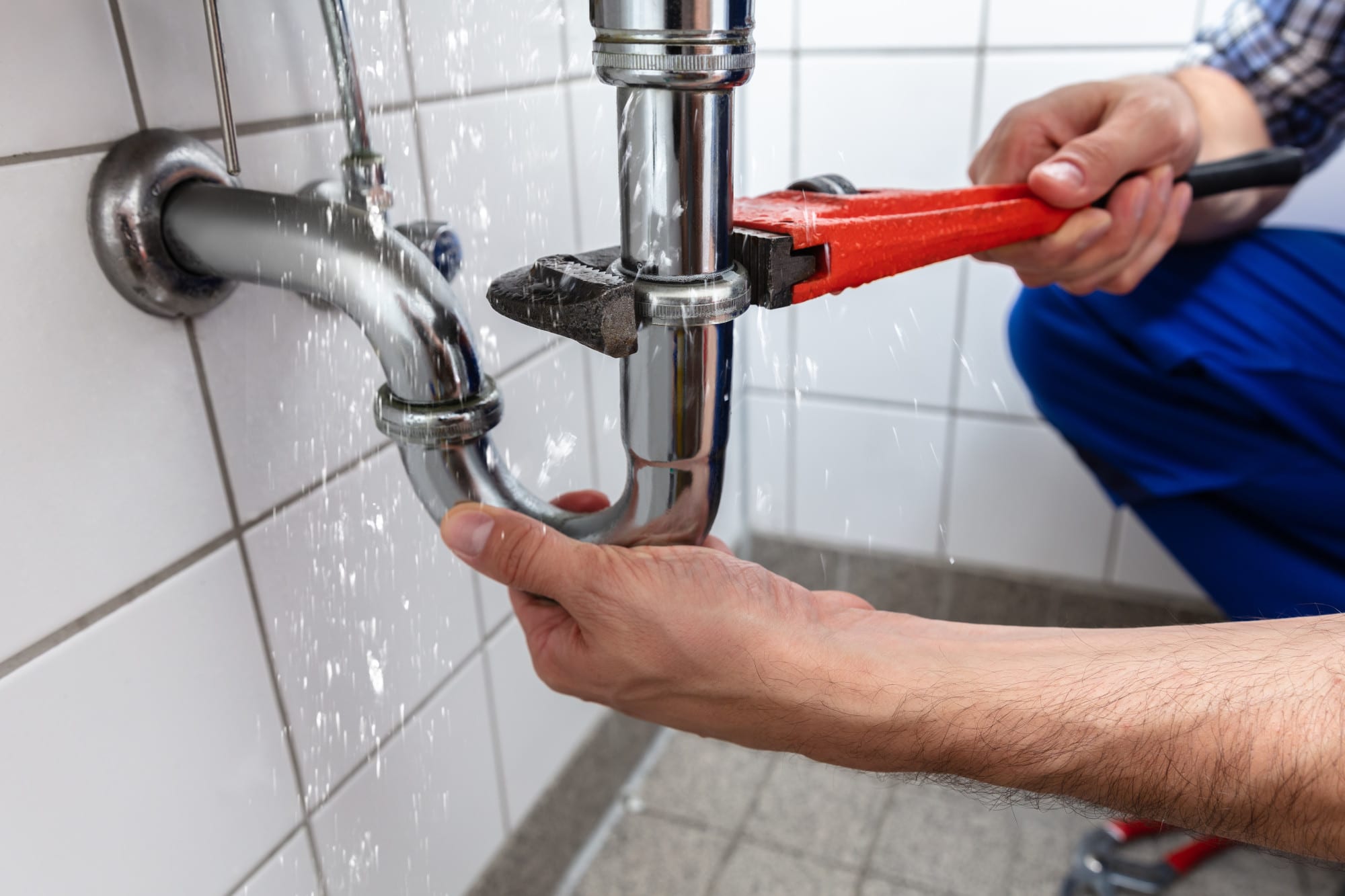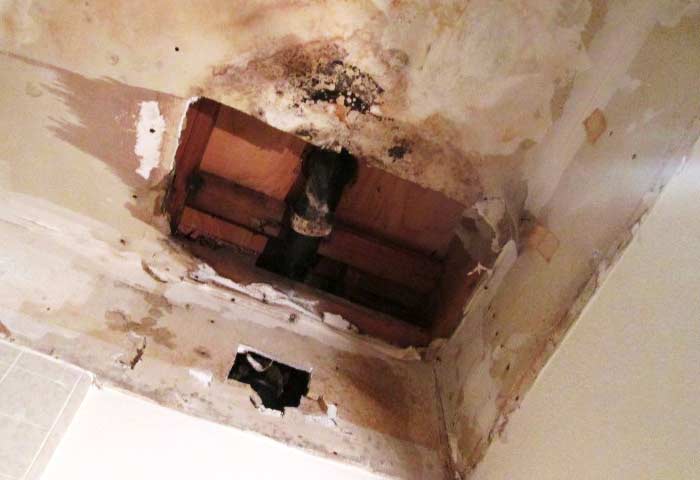They are making several good annotation about Water Damage Restoration Do’s And Don’t in general in this article which follows.

What should you do if a water pipeline ruptureds in your home, producing a mini-waterfall as well as flooding an area of your residence? The longer you wait, the extra extreme the water damages in your home. For these reasons, you require to discover what to in instance of a ruptured water pipeline.
Turn off the Main Waterline Valve
The first thing you have to do is close the shut-off valve. Look for the neighborhood shut-off shutoff to turn-off water in one certain area just. If you don't understand where the localized shut-off valve to the component is, you need to turn-off the main waterline valve. This will certainly remove the water in your whole house. Usually, the major shutoff is discovered outside the house next to the water meter. You can additionally discover it in the basement at an eye-level or it could be in the First flooring on the ground if it's not there. Generally, builders but the shut-off shutoff generally ground level bathroom or best next to it.
Call Water Damage Reconstruction Pros for Help
After closing the water source, call the pros for help. This is not something you can conveniently do it yourself because they require to repair the pipes as well as deal with the problems to your residential property. Seek aid from a respectable company supplying 24/7 emergency services. With their specialist help, you can minimize exacerbation due to the fact that water can seep via your things leading to deformed baseboards, loosened tiles, or damage structure. Do not take this problem lightly and also seek occupation advice for full assurance.
Record the Damage For Insurance
As you are waiting on the pros to get here, document the damage triggered by the wayward pipeline. Take pictures as well as video clips of every little thing. Do closeup shots of prized possessions. These things will work as proof for your home owner's insurance. Staying positive with this permits you to sue for insurance coverage, which will help you and your family return on your feet.
Recover Things That Can Be Saved
Once you're done taking photos, browse the things and also take out the most essential ones from the stack. Dry them off as well as try to protect as long as you can. Drag them far from dampness so they can begin to dry.
Beginning the Drying Refine
The good news is, water from your waterlines are tidy so you don't have to worry about sewage system water. The streaming water may have disturbed the dirt and also particles in your carpets as well as floorboards. Be prepared with handwear covers as you use buckets to unload out the water.
Experts are the only ones qualified to deal with the burs pipelines and succeeding damages. As well as remember, pipelines don't just instantly ruptured. You will usually see red flags like gurgling paint, weird sounds in the plumbing, moldy smell, caving ceiling, peeling wallpaper, or water stains. Focus on these things, so you can nip any kind of issues in the bud.
What should you do if a water pipeline bursts in your home, creating a mini-waterfall and also flooding an area of your residence? For these factors, you need to learn what to in case of a ruptured water pipe. After closing the water resource, call the pros for assistance. With their expert help, you can alleviate exacerbation due to the fact that water can seep with your things resulting in distorted baseboards, loose floor tiles, or damage framework. Fortunately, water from your waterlines are tidy so you don't have to fret regarding drain water.
How to Handle a Burst Pipe and Minimize Damage
Steps to Take Ahead of Time
If you own property in an area that experiences cold weather, you need to be aware of seasonal maintenance tasks that will help you protect your property as the weather changes each year. One of the most important steps is to winterize your pipes to ensure they won't freeze or burst when the temperature drops. This includes action items like insulating any exposed pipes, detaching garden hoses and covering outdoor faucets. If the weather gets cold enough, you may even consider leaving a faucet dripping or opening cabinet doors during the coldest parts of the day.
No matter how prepared you might be, accidents and emergencies still happen. You'd be wise to set up a savings account specifically for your property so you have a "rainy day" fund set aside for unexpected expenses. All homes—regardless of age, location or condition—will inevitably need some form of emergency repair.
Steps to Take for Frozen Pipes
A frozen pipe will not necessarily burst, so if you can catch a frozen pipe early on, you could save yourself a major headache. When your area experiences frigid temperatures, be sure to check your plumbing and keep an eye out for warning signs like faucets only releasing small amounts of water or toilets not refilling when flushed. If you do run into one of these issues, you're likely dealing with a frozen pipe.
If this happens, your first step should be to cut off the water supply to that section of the plumbing. Expanding and freezing water can quickly cause damage. Even if the water supply is shut off, you will likely still deal with some leaking from the water that defrosts after the pipe has thawed. Be prepared with a mop, bucket and/or towels to quickly soak up any excess water.
In order to thaw a frozen pipe, you can use a space heater, infrared or incandescent heat lamp, or even a hairdryer to warm up the frozen area. Heat tape is also an option and should be used according to manufacturer instructions. Do not use any sort of open flame to thaw frozen pipes, as it poses a major fire hazard and can damage your pipes further.
Steps to Take for a Burst Pipe
Water damage claims are the second most common insurance claim in the U.S. When you're dealing with a frozen pipe, the water continues to expand as it freezes, which creates pressure that can cause a pipe to burst. When this happens, the crack or leak in the pipe allows water flow from the pipe to enter your home where it shouldn't. If a pipe does burst, you need to act quickly to mitigate property damage and repair cost.
Your very first step should be to shut off your main water supply to minimize flooding—typically the most expensive damage to address. Once you've shut off the water supply, make sure you identify the entire area that has been impacted by the leak. Remove as much water as possible—as quickly as possible—using a mop, sponges, towels or a shop vacuum or wet/dry vacuum. To prevent long-term damage due to moisture build-up, run a dehumidifier or fan in the affected area. Contact a licensed plumber to ensure the pipe is correctly repaired before running any water to that section of the home again. Burst pipes and the associated water damage are something you absolutely want to avoid as a property owner. If you've had to learn your lesson the hard way, don't let yourself get caught in a similar situation during the next spell of cold weather. The best way to deal with frozen or burst pipes is to prevent them in the first place—proactive winter maintenance will save you time, money and a whole lot of stress.

I ran across that piece about Water Damage Restoration Do’s And Don’t when browsing on the web. Sharing is good. Helping people is fun. I treasure reading our article about What You Should And Shouldn’t Do When Dealing With Water Damage.